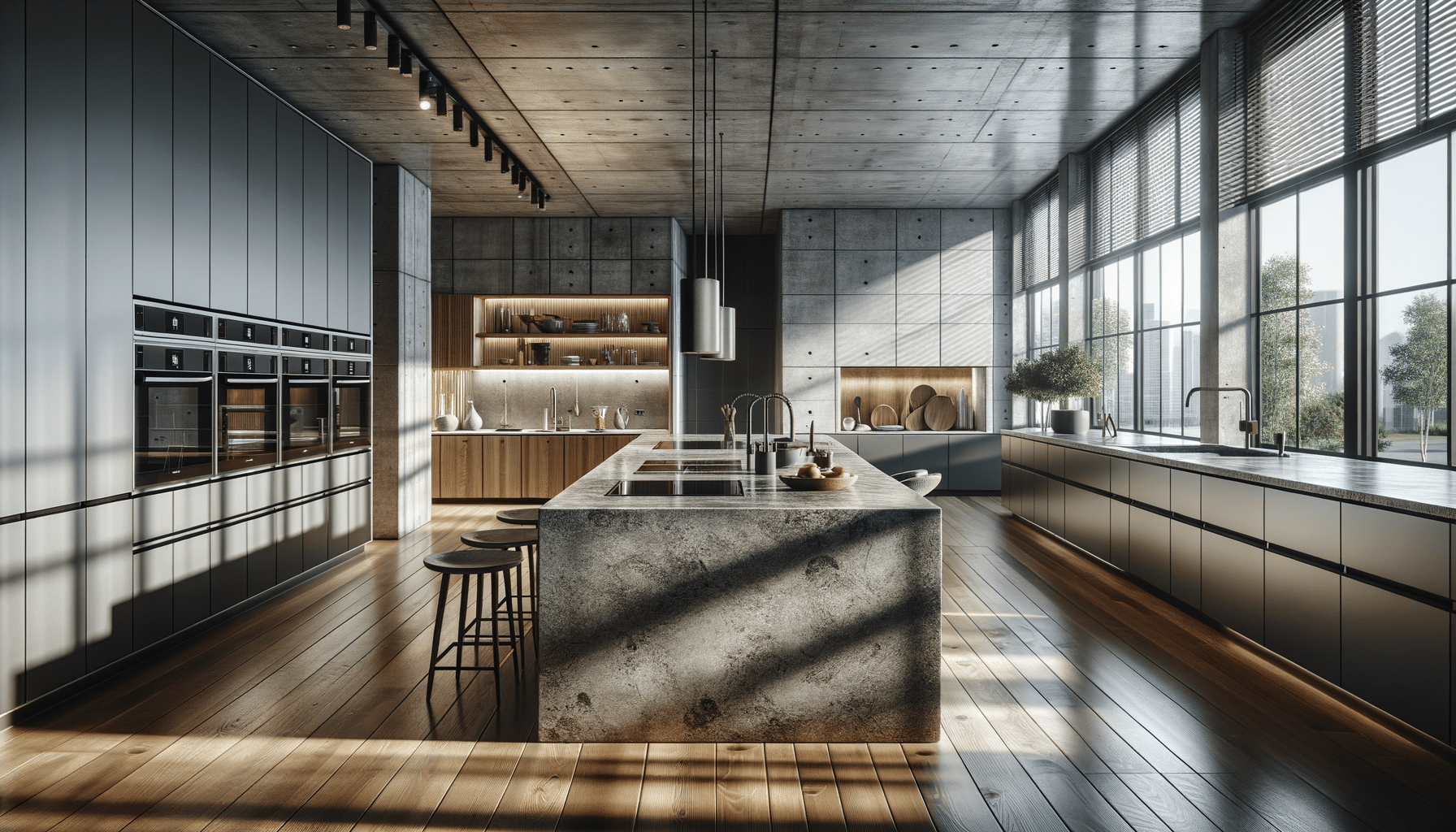
Exploring the Versatility and Functionality of Kitchen Islands
The Evolution of Kitchen Islands
Kitchen islands have undergone significant transformations over the years, evolving from simple workspaces to integral components of modern kitchen design. Originally, they served as additional counter space for meal preparation. However, the contemporary kitchen island is a multi-functional centerpiece that enhances both the aesthetics and functionality of the kitchen.
Today’s kitchen islands are designed with a focus on versatility. They often incorporate features such as built-in sinks, cooktops, and storage solutions, making them indispensable for the culinary enthusiast. Additionally, the kitchen island has become a social hub, providing a space for family and friends to gather, chat, and enjoy meals together.
The rise in open-plan living has further cemented the kitchen island’s role as a bridge between the kitchen and the living or dining areas, offering a seamless transition and a cohesive design flow. As lifestyles and needs continue to change, kitchen islands adapt, offering innovative solutions to meet the demands of modern living.
Design and Aesthetic Appeal
When it comes to kitchen design, the kitchen island plays a pivotal role in setting the tone and style of the space. With an array of materials, finishes, and configurations available, the possibilities for customization are virtually endless, allowing homeowners to tailor their islands to fit their unique tastes and needs.
Materials like granite, quartz, and butcher block are popular choices for island countertops, each offering distinct benefits in terms of durability and aesthetic appeal. The choice of cabinetry and hardware also plays a crucial role in the overall design, with options ranging from sleek, modern finishes to more traditional, rustic styles.
Beyond materials, the shape and size of a kitchen island can significantly impact the room’s flow. L-shaped or U-shaped islands can maximize space and efficiency, while a circular or oval island might serve as a striking focal point. Lighting is another critical consideration, with pendant lights often used to highlight the island and add a touch of elegance.
Functionality and Practicality
The functionality of a kitchen island extends far beyond its role as a food preparation area. Modern islands are equipped with features that enhance their practicality and usability, catering to a variety of needs and preferences.
Storage is a key consideration, with many islands featuring cabinets and drawers to keep kitchen essentials within easy reach. Some designs incorporate specialized storage solutions, such as wine racks or spice organizers, to further optimize space.
For those who enjoy entertaining, kitchen islands can double as a bar or buffet area, with seating options that encourage social interaction. This multi-purpose functionality makes kitchen islands a valuable asset, whether hosting a dinner party or enjoying a casual breakfast with family.
Another trend in kitchen island design is the integration of smart technology, with features like charging stations, integrated appliances, and smart lighting systems enhancing convenience and efficiency.
Considerations for Choosing a Kitchen Island
When selecting a kitchen island, several factors must be considered to ensure it meets the specific needs and preferences of the household. The first consideration is space; the size of the kitchen will dictate the island’s dimensions and placement. It’s essential to maintain adequate clearance around the island to allow for comfortable movement and access.
Functionality is another critical factor. Homeowners should assess their primary needs, whether it’s additional storage, seating, or workspace, and choose an island that addresses those requirements. Customizable options are available to cater to specific needs, such as adjustable shelving or built-in appliances.
Budget is also a significant consideration, as the cost of a kitchen island can vary widely based on materials, features, and design complexity. It’s important to balance the desired features with the available budget to achieve a solution that offers both value and functionality.
Future Trends in Kitchen Island Design
The future of kitchen islands is likely to see continued innovation and adaptation to meet the evolving needs of homeowners. As sustainability becomes an increasingly important consideration, eco-friendly materials and energy-efficient appliances are expected to feature prominently in island design.
Additionally, the integration of smart technology will continue to advance, with features such as voice-activated controls, touchless faucets, and app-controlled appliances becoming more common. These technologies enhance convenience and align with the growing trend of smart home integration.
Design-wise, the trend towards minimalism and clean lines is expected to persist, with a focus on maximizing functionality while maintaining a sleek and uncluttered appearance. Multi-functional islands that can adapt to different uses and occasions will remain popular, offering versatile solutions for modern living.


